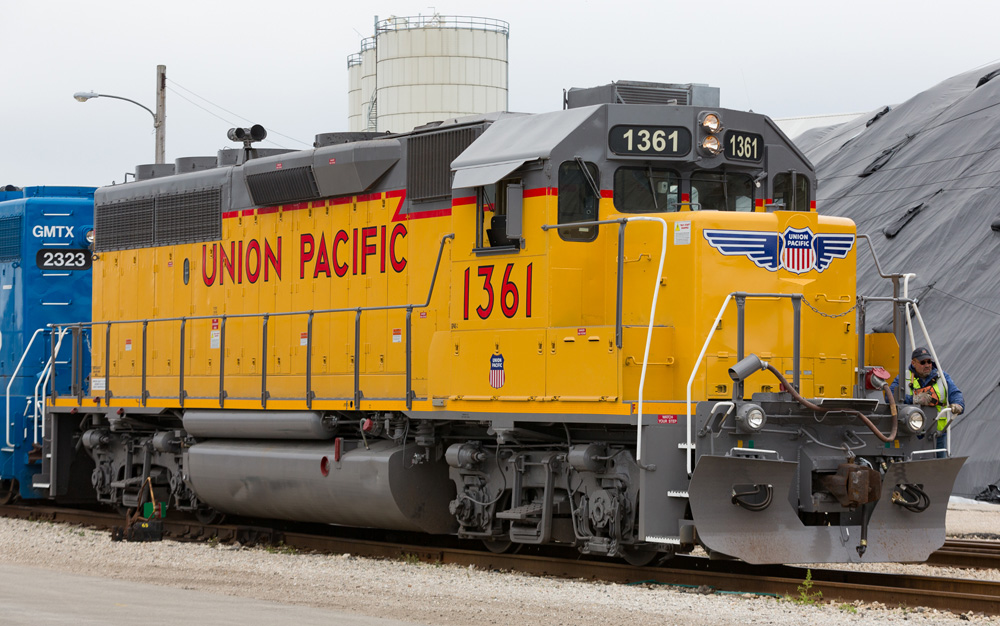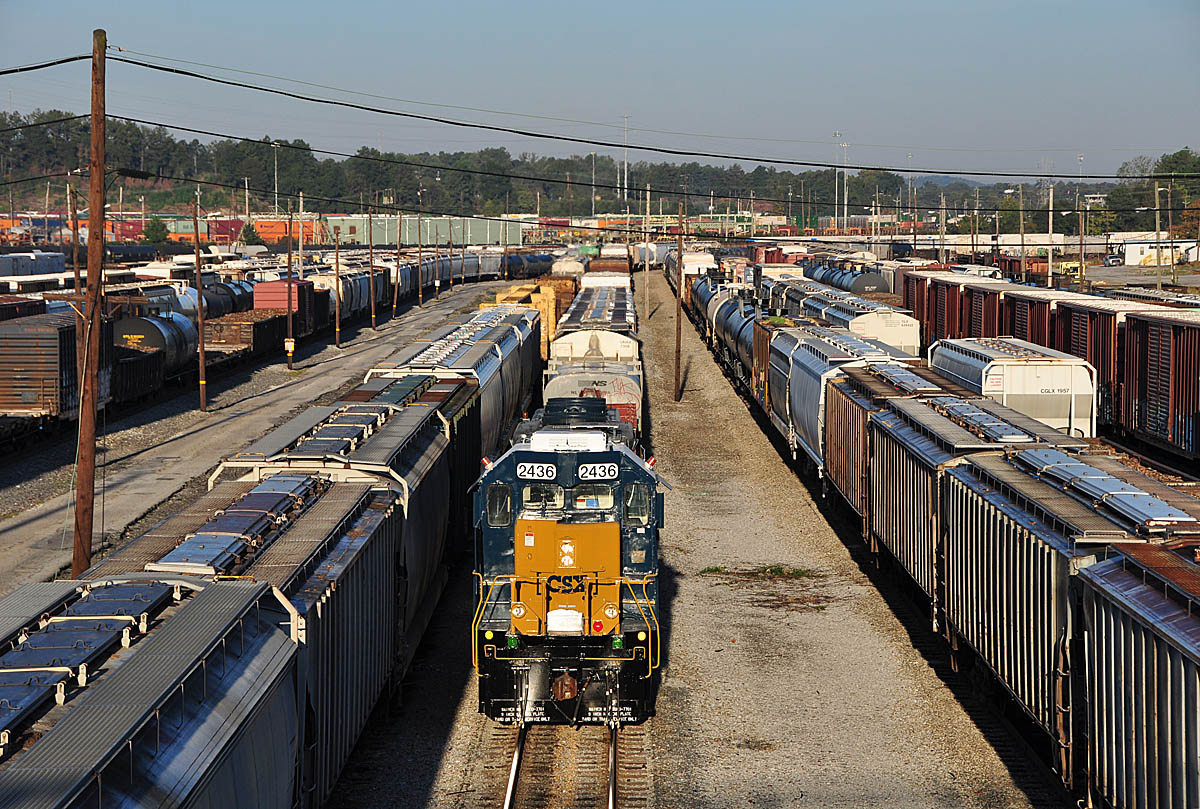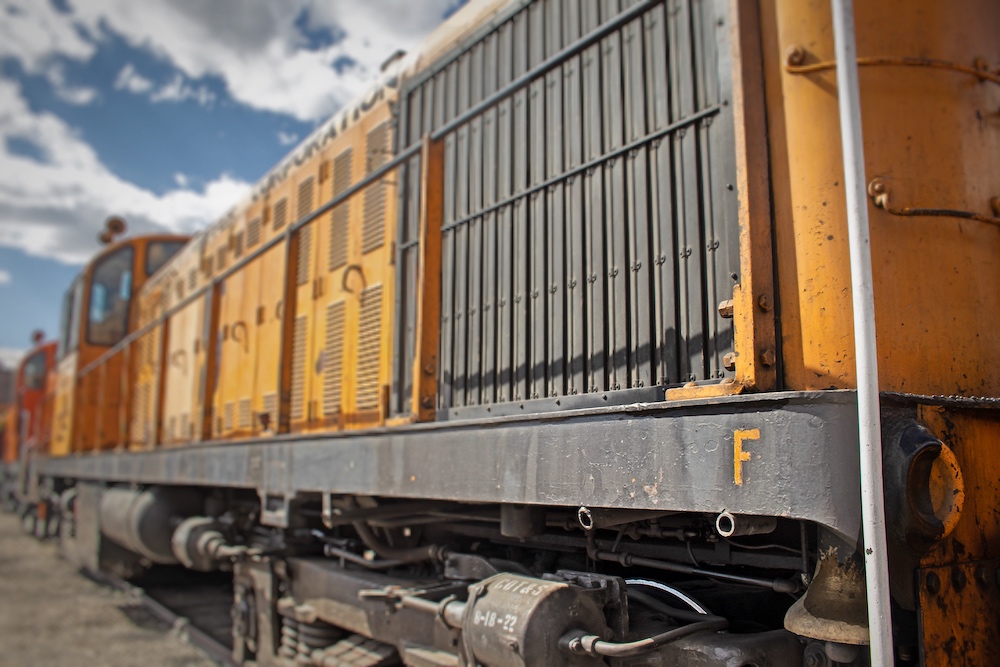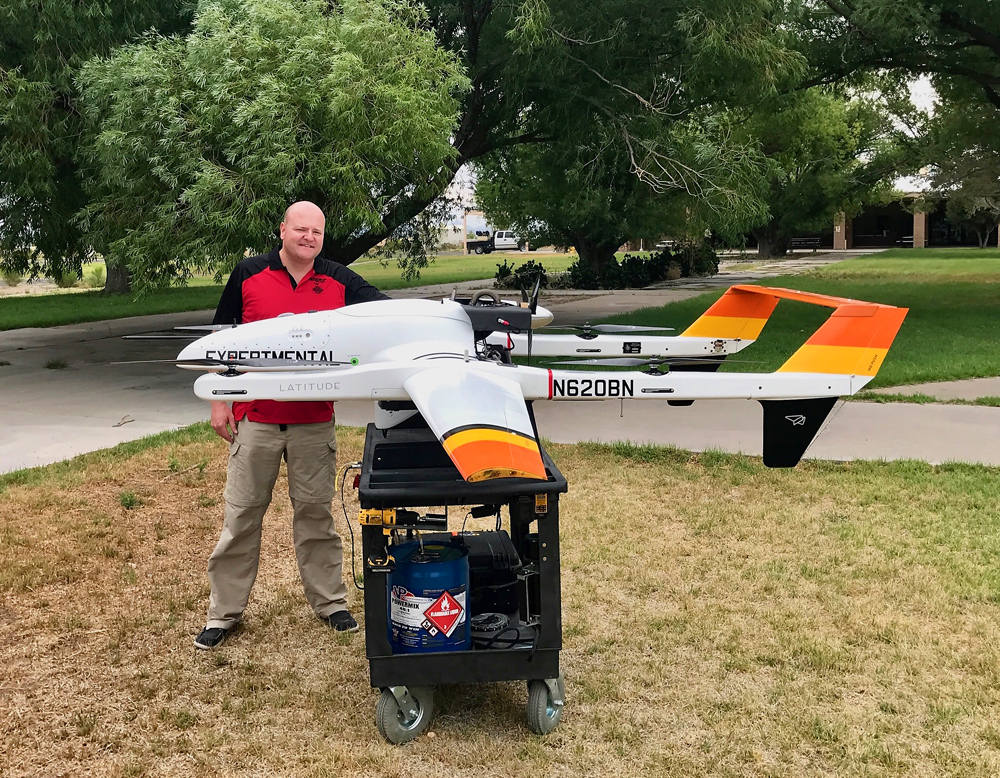Dynamic brakes
The primary way to stop a train is using the air brake system located on the trailing freight cars behind the locomotives. A locomotive equipped with dynamic brakes can be a powerful tool for the engineer to help stop or control the speed of the train in addition to the train brakes. While a locomotive typically produces electricity to power the traction motors on each axle underneath, dynamic brakes basically invert this concept.
On downhill grades, when an engineer places the locomotive in dynamic brake mode, the traction motors are converted from being electric motors consuming electricity to generators creating electricity. The locomotive changes the electrical path from the traction motors to route the electricity to a set of resistance grids that convert the electrical energy produced to heat. As the engineer moves the dynamic brake lever in the cab, the amount of excitation applied to the generator changes the level of resistance.
With the train air brakes, the engineer can only set air in greater amounts or fully release them, while the dynamic brakes allow the engineer to increase or decrease the dynamic brake resistance as needed to adjust the speed of the train.
Today, modern locomotives are built with dynamic brake, but decades ago it was an option chosen by individual railroads. Many railroad management teams felt the additional cost of a dynamic brake system wasn’t justified by the operating terrain of their railroad. Some locomotives built without dynamic brakes can still be found in service today, with older EMDs being the easiest to spot. The lack of the dynamic brake ‘blister’ above the middle of the long hood indicates the unit is not equipped with the feature.

More ABCs of Railroading here.













I’m not an engineer, but I’d add to the story that because the train air brakes can only be increased or released altogether, as stated, engineers use power or throttle to modulate speed, called power braking, so dynamic braking also brings fuel savings.
How does dynamic braking save fuel?